Author: Revc
The AI Agent track has recently attracted a large number of investors due to its extreme volatility, and its high-yield potential has created a unique trading experience. MEME trading, through the "roller coaster-like jumps" of excitement, instantly releases dopamine, making people excited and addicted, and investors are being tested at the psychological and emotional levels.
For investors, while enjoying the profits brought by market fluctuations, they need to be vigilant against the erosion of addictive psychology and avoid falling into emotional operations. At the same time, by deeply studying the long-term value and technical potential of the project, a more stable investment direction can be found in the fluctuations. The market needs both rationality and passion, not to be dominated by a single stimulus.
Currently, MEME projects are screened along two lines, "speculation" and value discovery. This article analyzes the operation methods of high-frequency "speculative" operations, revealing how professional MEME creators consume the energy and capital of investors.
A case of 15 times increase in 1 hour

Taking the MEME token Agora as an example, after the investor made a preliminary judgment that the project had the potential to rise, they then carried out Scalping trading arbitrage. Multiple Scalping transactions caused the investor's capital to double quickly, but this was just the beginning. After the second-to-last buy, Agora quickly soared 15 times in 30 minutes. Due to the lack of take-profit and stop-loss on the web trading interface, the actual profit did not reach 15 times, but under the stimulus of the 15-fold increase, the investor fell into a cycle of continued speculation, and eventually lost everything in the volatility.
PS: Scalping is a high-frequency trading strategy, where traders profit from short-term price fluctuations in stocks, futures, or other financial instruments. The core idea of Scalping is to quickly enter and exit trades to capture small profits, but accumulate gains through multiple trades.
The "strategy" of analyzing in 30 seconds and losing the entire capital in 10 minutes
MEME trading is a high-intensity game of information capture and rapid execution, and PVP trading has evolved a framework-based indicator system for project screening. In this mode, the analysis and execution stages are extremely compressed, usually taking only a few minutes to complete, especially when the project's market capitalization has just reached N times the on-chain market capitalization (about $68,000). At this time, N is usually less than 10, that is, the market capitalization is less than $600,000, and the market competition is extremely fierce. However, once the project surges and then falls back, these new projects are often quickly abandoned by investors, and the hype quickly fades.
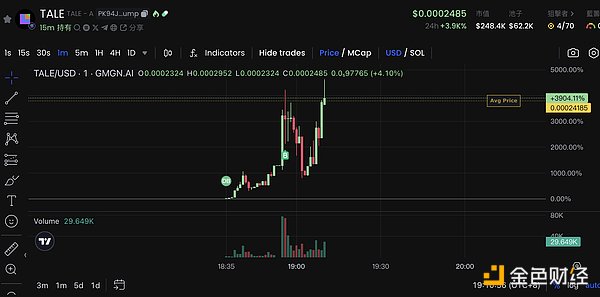
1. Project judgment and screening: On the new project page, sort by launch time, at which point the project usually has a trading volume 3-5 times its market capitalization, and the blue-chip index is in the 0-1.2% range. When quickly screening on the primary page, you can focus on the following indicators: rapid growth in the number of addresses, low market capitalization (avoid selecting projects with market capitalization reaching the tens of millions of dollars level), and projects that have not experienced violent corrections within 1-5 minutes and are still continuously hitting new highs.

2. Release time: 30 minutes is usually a critical dividing line, and most projects will start to show signs of dumping and closing the net around 30 minutes after launch (data based on around 6 pm Beijing time).
3. Market capitalization size: Projects with a market capitalization of around $300,000 are usually more reasonable, while projects with a market capitalization reaching the tens of millions of dollars level may have a higher risk of rug pull.
4. Rug pull risk: The GMGN platform will mark the operating records of developers in historical projects, such as withdrawing liquidity, dumping, or developers running away, and these marks are important indicators for evaluating project stability.
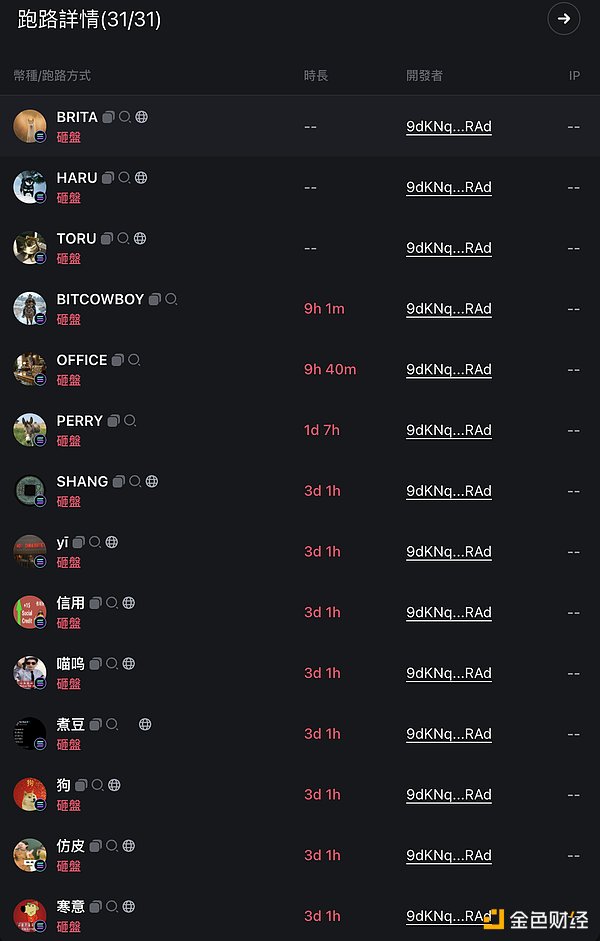
5. Blue-chip index: As a growth indicator, the blue-chip index analyzes the holding of blue-chip tokens by investors, reflecting the purchasing power and community consensus of investors, providing a side basis for judging the health of the project.
6. Order book health indicator (X=trading volume/market capitalization): Typically, in the early stage of a project, the X value is close to 2, and then it presents a downward-opening parabolic trend. When the parabola reaches its peak, the trading volume hits a new high, and the market capitalization is close to the cycle high, which usually indicates that the PVP trading activity has reached a climax. Afterwards, the trading volume decreases, the market capitalization decreases, and the "smart money" starts to withdraw.
In addition, the trading volume can be used for preliminary judgment of the token. For example, a new high in single-trade amount may indicate the entry of large capital, which has a positive impact on the market. However, many trading platforms currently do not provide trend changes in single-trade amount or statistics on trading frequency, and relying solely on trading volume data may not be sufficient to comprehensively analyze market dynamics.
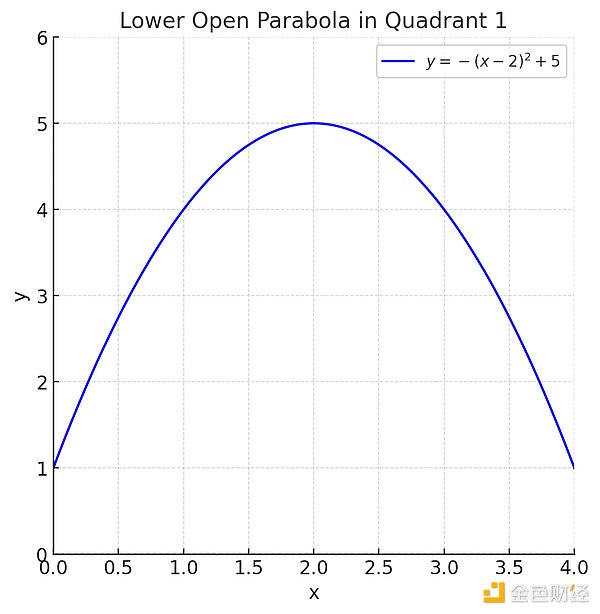
7. Labeled traders: Usually the top MEME communities and DEX platforms, reflecting whether the marketing coverage has reached the mainstream communities, but such addresses often withdraw liquidity quickly.
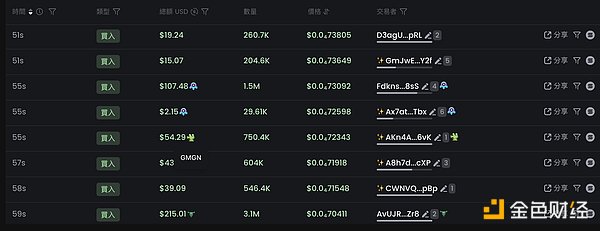
8. TOP10 address indicator: This indicator is used to analyze the holding ratio of the top ten addresses. Generally speaking, if the holding ratio of the top ten addresses is less than 20%, it is relatively healthy, indicating that the token distribution is more dispersed, the community consensus is stronger, and the risk of dumping is relatively low.
9. Profit expectation formula: As the token market capitalization grows from $300,000 to $3 million, the success rate is often extremely low. Investors usually invest 1-10 SOL in a single project, but excessive addition of liquidity may lead to price spikes, triggering the greed of holders and rapid profit-taking. For example, if the success rate of the project screening is P=10%, and the capital is zeroed after failure, then according to the calculation of 1/P=10, a single project needs to achieve a 1000% return rate to achieve a breakeven. In this case, projects with a market capitalization of tens of millions of dollars are more like a probability game.
10. New token priority strategy: As the screening and analysis framework for MEME tokens becomes more mature, creators often tend to issue new tokens, so that they can more easily manipulate the relevant indicators. This new token issuance model not only caters to the market's preference for "innovation", but also increases the possibility of attracting capital inflows in the short term.
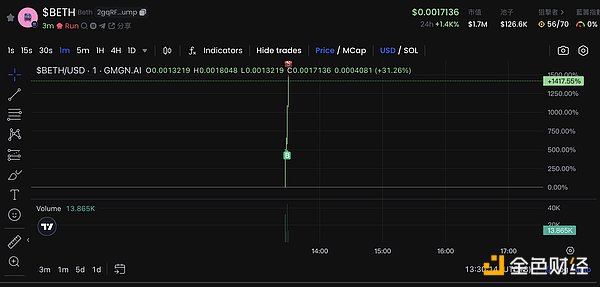
11. Same concept, prioritize Base: Taking the Percy concept recently promoted by Musk as an example, the performance of the Base network is significantly better than Solana. This is because the user base of the Base network is mainly DeFi veterans, whose purchasing power is usually 3-4 times that of Solana users. In addition, whale entries are more frequent on transactions on Base, further enhancing its market performance and liquidity.

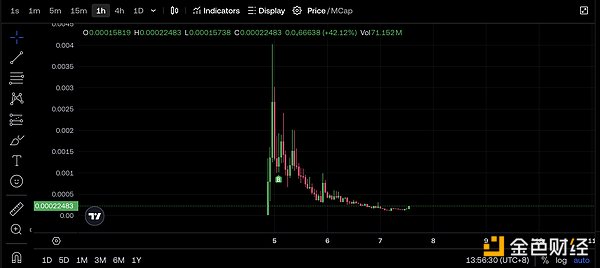
12. Double-out strategy: Since PVP is a high-frequency and high-risk trading mode, users are easily affected by emotional fluctuations in this process. The "double-out" strategy is a relatively scientific and psychologically less burdensome method. By withdrawing the initial investment after the profit is doubled, investors can more easily hold the remaining assets in the long term, thereby avoiding the pressure and disturbance brought by short-term emotional fluctuations.
13. Analysis of the motivation for pool adjustment: In medium and large-sized projects, investors usually pair tokens with SOL and inject them into the Raydium liquidity pool to obtain an APR of up to 999.99% in 24 hours. The core essence of DeFi is to short the volatility, and when the paired assets show a unilateral trend, the liquidity providers may face Impermanent Loss. Investors increasing the liquidity pool assets usually means they are optimistic about the short-term rise of the corresponding assets, but the amplitude may be limited, reflecting the signal of short-term consolidation. When investors reduce the pool assets, it is often because they are bearish on a certain asset, which may be accompanied by selling or re-adjusting the exchange ratio of the assets.
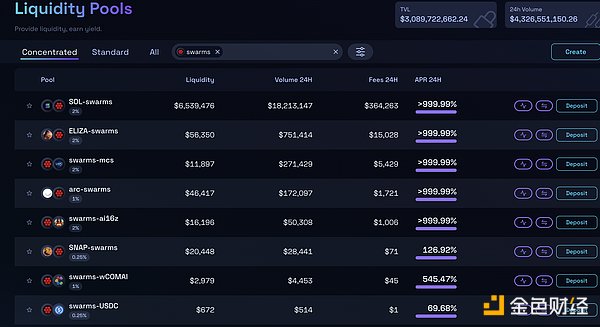
14. Observation of new address actions: Routine market making is seen as a dangerous signal, such as large-scale buy and sell transactions. You can also study the trading habits of the developer's addresses.
By understanding the above methods, you will have a preliminary analysis of the internal project. Congratulations, you are about to fall into the trap of professional MEME traders. They will create a perfect MEME on the indicators, which fits your project analysis and selection framework, and then create a story, AI+ founder interaction + hackathon, etc., coupled with the emotional fluctuations brought by high-frequency trading, causing your judgment on the project to be quickly lost, and the trading discipline to be broken, resulting in losses. So this article is a "MEME detox article", no matter what channel investors learn the "wealth code", there is still an information gap, because PVP must let someone take over, so Web3 new users should avoid being addicted to the MEME track, and gradually cultivate the ability to discover value.
For framework-based AI Agent projects, you can focus on the Forks page of the GitHub code repository to see which projects have referenced Eliza's code. However, even so, you need to carefully evaluate the project's development progress and actual potential, and avoid blindly following the investment.
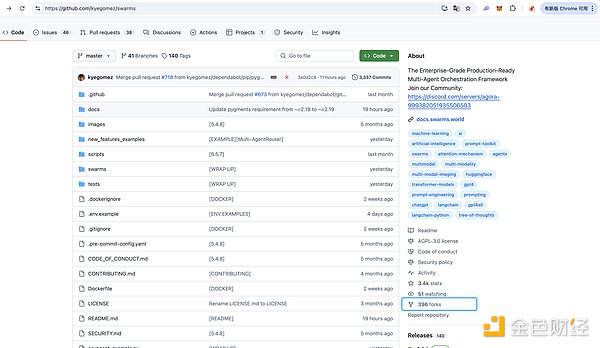
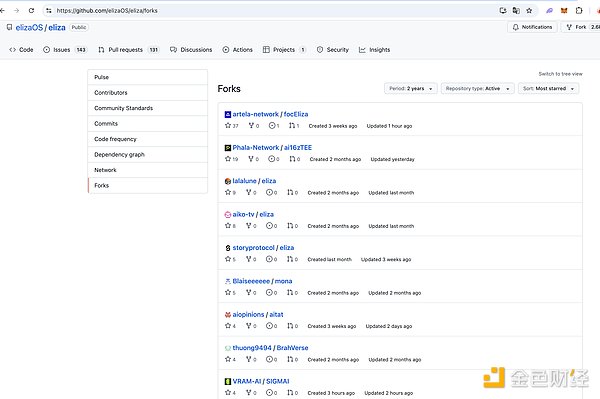
The last MEME shock suggestion - arrange your time reasonably and pay attention to rest!!
Summary
MEME trading is not only a test of innovation and risk tolerance, but also fully demonstrates the potential of frontier concepts such as AI Agents in technological breakthroughs and decentralized narratives. This high-volatility market provides quick profit opportunities for keen investors, while also driving the exploration and development of blockchain technology, token economic models, and AI application scenarios. In this environment, investors need to continuously optimize their real-time decision-making ability and market adaptability in order to find and apply advantageous strategies in the high-risk market.
However, the high-frequency volatility of the MEME market also contains great risks. Violent price fluctuations can easily trigger emotional trading, causing investors to fall into a vicious cycle of "blind speculation". The dopamine rush from short-term gains may cause people to overlook the logic of long-term value investment, and over-reliance on short-term trading often leads to significant capital losses. Especially for those projects that lack solid technical support or real application scenarios, they are easily reduced to pure speculative tools after the hype fades, causing investors to suffer huge losses. This loss not only undermines the investment confidence of individuals, but may also have a negative impact on the healthy development of the entire cryptocurrency industry, further exacerbating market instability.
For investors, rationality and a long-term perspective are particularly important. When participating in MEME trading, they should combine technical analysis and project value exploration to avoid being swept away by short-term fluctuations. Only by finding a balance between risk and return can they achieve truly sustainable profitability in this highly volatile market.








